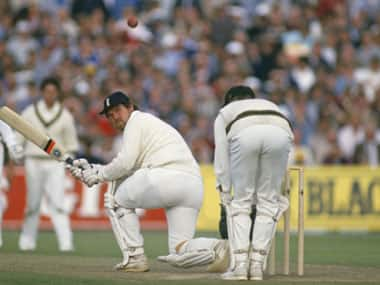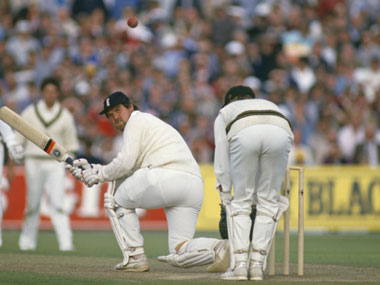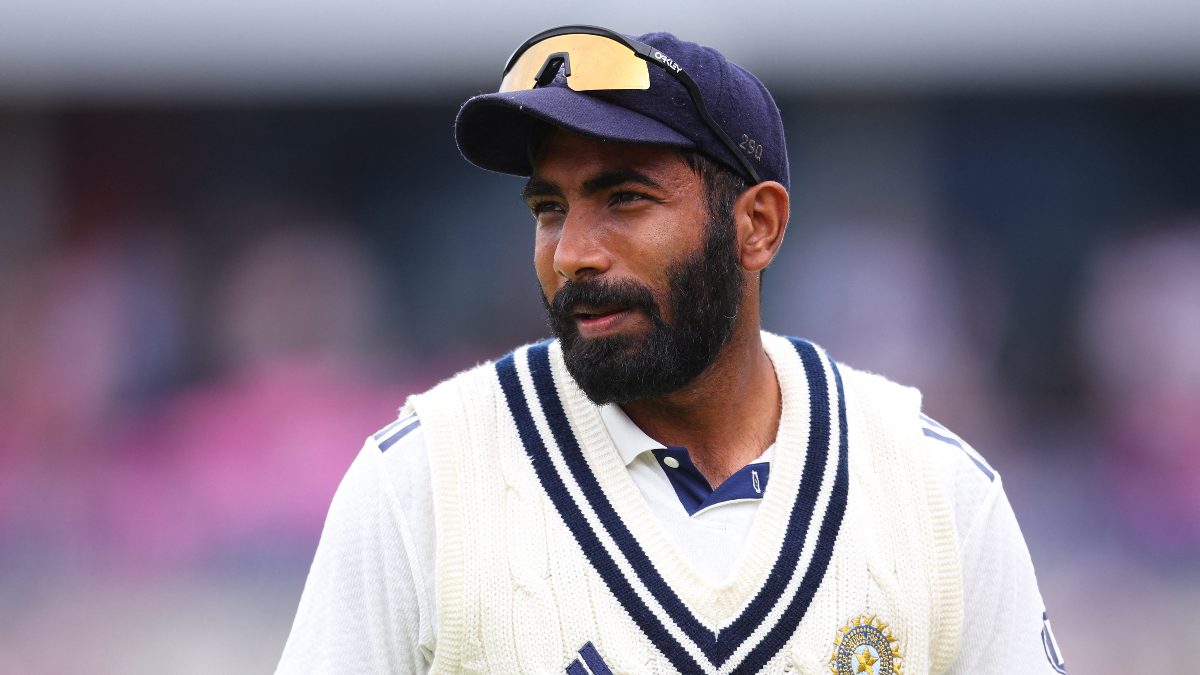The catches dropped by Pakistan in the 2011 semifinal, South Africa’s brain freeze in the 1999 semifinal, Martin Crowe’s not taking the field against Pakistan in the 1992 semifinal - the cricket World Cup is littered with small decisions that changed the course of the tournament’s history. Mike Gatting’s decision to reverse-sweep Allan Border in the 1987 final was one such decision — and it allowed Australia, firmly backed by Indian fan at the Eden Gardens that day, to win it’s first title and give them the belief required to dominate world cricket for years to come. [caption id=“attachment_2093745” align=“alignleft” width=“380”]  A file picture of Mike Gatting. Getty Images[/caption] It’s arguable that Gatting could have been dismissed in some other way, rather than blame him for letting slip England’s most realistic chance of winning the World Cup so far. But his reverse sweep is still talked about as a turning point in world cricket because of oddity of his decision-making. They just weren’t as common then as they are now. Australia had put 253 runs on the board, with David Boon top-scoring with 75 and Mike Veletta smashing 45 off 31 balls in a late charge. England lost Tim Robinson early on for a duck but were cruising at 135-2 when Border was introduced. Gatting was comfortable on 41 from 44 balls — the partnership between him and Bill Athey was already worth 69 runs. There was absolutely no reason to take the risk of playing a reverse sweep. But Gatting attempted it anyway. It was a nothing ball from Border — way outside the leg-stump and there to be left for a wide and an extra run — but Gatting’s shot meant the ball clipped his bat, hit his shoulder and flew into the air as a surprised Greg Dyer looked on, ran after the ball and pouched it. The whole thing — from Border’s run-up to Dyer’s catch, took about five seconds. The effects of it though, are still felt. England made the finals in 1992 also, but went down to Pakistan chasing an almost similar target (250). In a way, Gatting’s reverse sweep is symbolic of England’s ODI record — hit and miss. 1987 was the first of three infamous dismissals in Gatting’s career. Six years later, he would fall victim to the ball of the century from Shane Warne and get bowled by Merv Hughes on the last ball — both in the same Ashes Test. In hindsight though, Gatting considers getting out to Hughes as a greater sin than his reverse sweep: “I suppose I played many worse shots than those in my career, but getting out to the last ball was the more galling of the two,” he told The Guardian. Allan Lamb held for for some time after Gatting’s wicket — but Steve Waugh and Border got stuck in and there were wickets at regular intervals. It all went awry for England pretty quickly, and they fell short of Australia’s total by seven runs.
It’s arguable that Gatting would have been dismissed in some other way — rather than blame him for letting slip England’s most realistic chance of winning the World Cup.
Advertisement
End of Article
Written by Pulasta Dhar
If there is one place Pulasta Dhar wanted to live, it would be next to the microphone. He writes about, plays and breathes football. With stints at BBC, Hallam FM, iSport, Radio Mirchi, The Post and having seen the World Cup in South Africa, the Manchester United fan and coffee addict is a Mass Media graduate and has completed his MA in Broadcast Journalism from the University of Sheffield." see more


)

)
)
)
)
)
)
)
)



